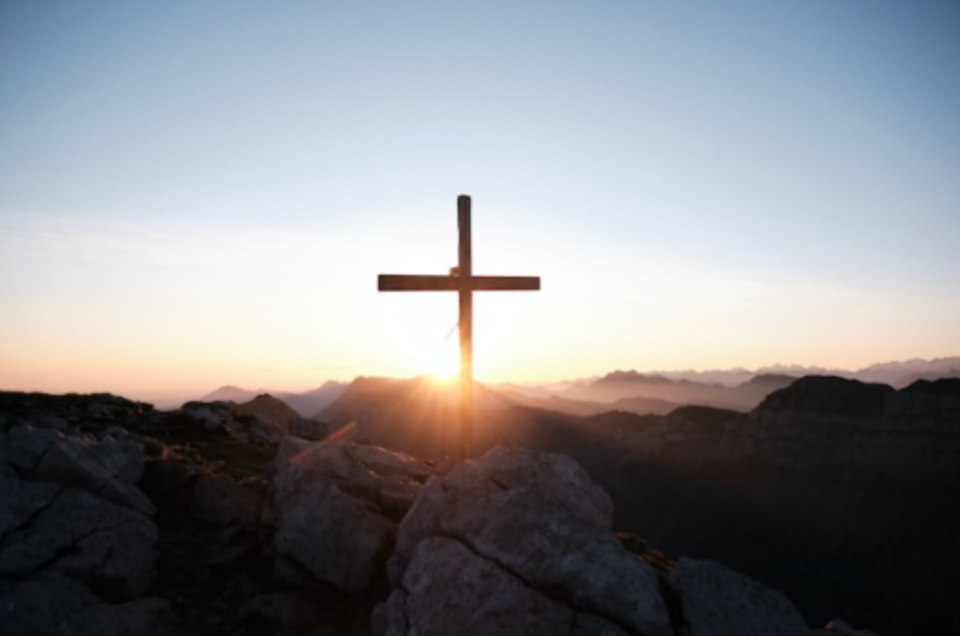
After 90 years, the Council of Armenian American Organizations of Northern California will unearth a time capsule buried on Mt. Davidson Cross on Saturday, April 1, which also marks the landmark’s 100th anniversary.
Unearthing
The main event of the ceremony will be the unearthing of the time capsule, which is expected to contain items related to San Francisco.
According to Mt. Davidson Armenian Council board member Kim Bardakian, the contents are being kept a secret of building excitement.
According to The San Francisco Standard, the ceremony will take place from 11 a.m. to 12:30 p.m. and will feature speeches and prayers by leaders from the San Francisco community.
After the time capsule is unearthed, a new one will be buried in the same location with the hopes that it will be discovered in 100 years.
Mesrop Ash, the pastor of St. John Armenian Apostolic Church in San Francisco, declared that the act of burying a time capsule signifies the belief that something will endure beyond the present time.
Buried at Cross
During the first sunrise Easter service on April 1, 1933, a group of Boy Scouts buried the original time capsule at the base of the cross.
Unfortunately, the cross, along with three other temporary ones made of wood, was destroyed by a fire.
During the Great Depression, a concrete cross was constructed.
This was made possible through the donations gathered by Margaret May Morgan, who was the first woman on San Francisco’s Board of Supervisors, and the members of the Easter Sunrise Committee.
On March 25, 1934, President Franklin D. Roosevelt lit up the cross using a golden telegraph key in Washington, D.C., in front of a large audience.
San Francisco's Armenian community has been the caretaker of the cross since 1997, after purchasing it from the city.
According to Bardakian, the cross also serves as a memorial to the Armenian genocide that took place in 1915.
With this, Ash saw the event as a meaningful opportunity to be part of something that is deeply ingrained in the city's history.
Despite its historical significance, the cross has faced controversy due to its placement on public property.
In 1991, multiple organizations sued the city for displaying a religious symbol on public grounds, leading to a series of legal battles that forced San Francisco to make a decision.
Eventually, the courts ruled that the city either had to remove the cross or sell it to a private organization.
The Council of Armenian American Organizations of Northern California obtained the cross in 1997 with the consent of both the Board of Supervisors and the voters.
This made them the legal owners and the ones responsible for its upkeep.
The cross is illuminated twice a year on Easter and April 24, which is the Day of Remembrance for the Armenian Genocide.
According to Ash, the cross represents hope and serves as a symbol of gratitude for the Armenian community's acceptance in San Francisco.
More from Crossmap:





